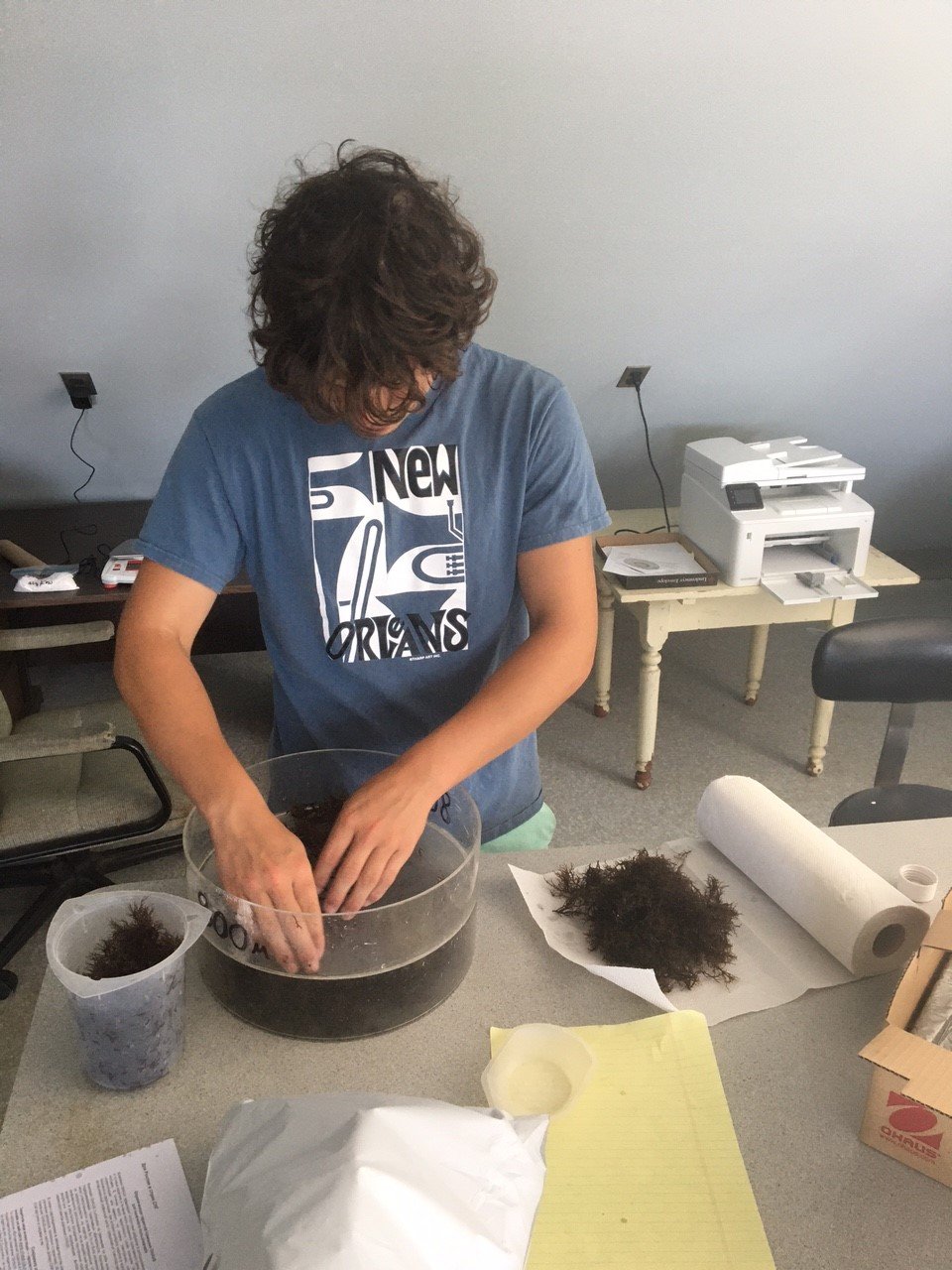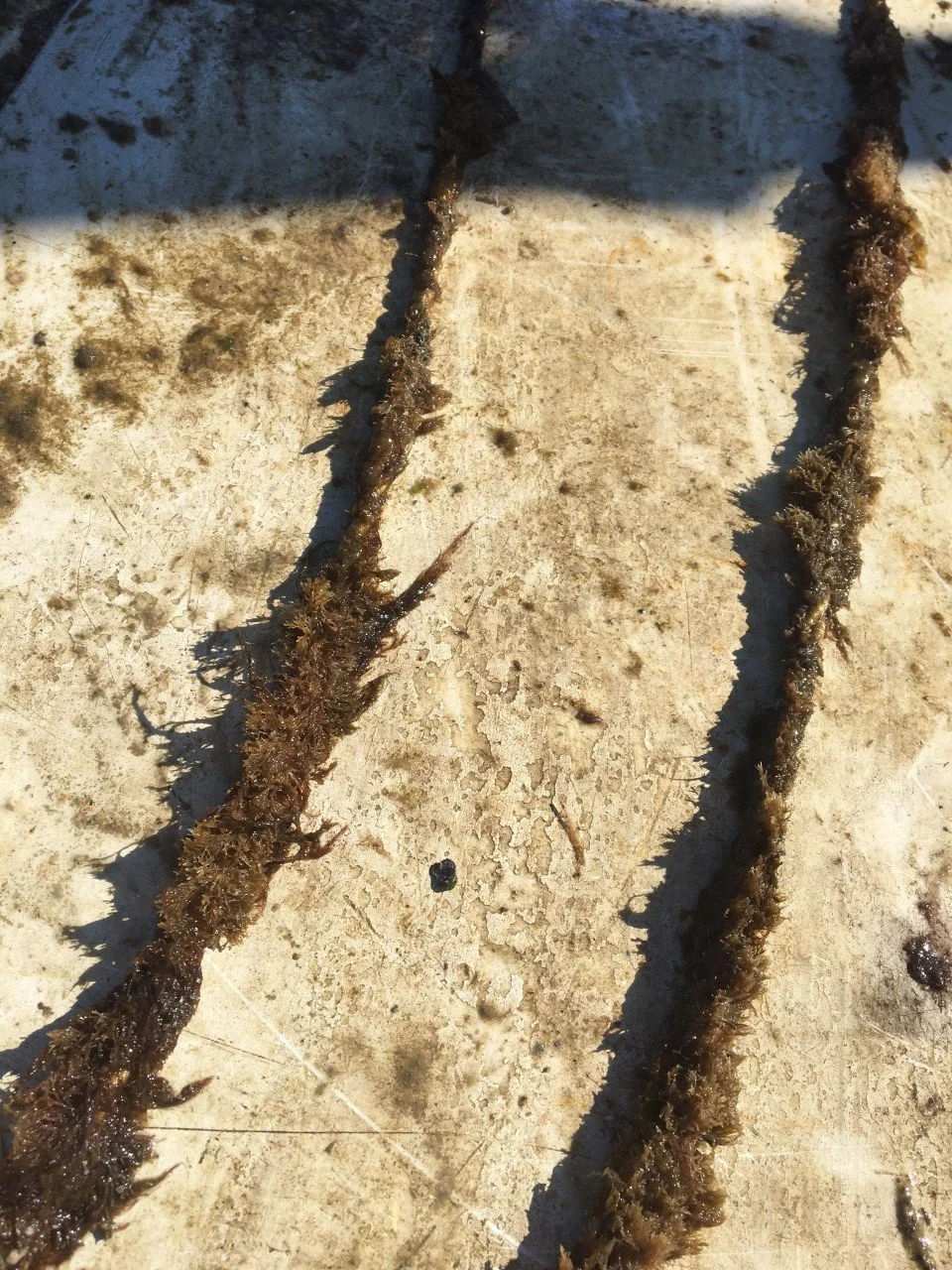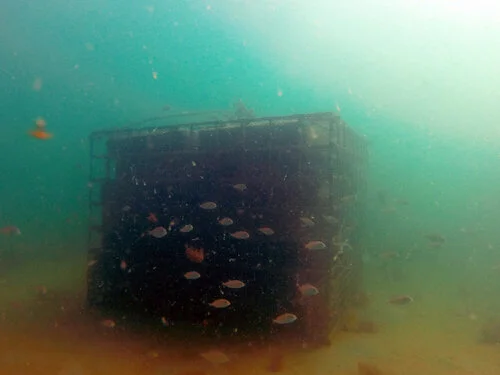Ocean research and education is at the core of our mission:
2 year SARE grant: Maximizing Bay Scallop Seed Performance in Bottom Cage and Suspended Net Culture for Subtidal Aquaculture Farms - 2023 - 2024
We’re happy to report our grant for Bay Scallop growth trials was approved! Over the next two years we will perfect techniques for growing Bay Scallops on the farm - and bring these products to the market!
This project seeks to compare bay scallop growth in two common oyster growout gear methods; bottom cage culture and lantern/pearl net culture.
Year One:
Acquire Bay Scallop seed from the MV hatchery and deploy into our upweller nursery system.
Grow seed to 1/4” size for planting into grow out gear trials
Move seed to both grow out gear types as it comes to size
Bi-monthly photo/measurement documentation of growth size in each gear type
At EOY we will compile all data into a report and publish to our outlets
Year Two:
Continue Year One stock Bi-monthly photo/measurement documentation of growth size in each gear type
Begin to harvest some of the Year One product for market
Allow Year One stock to grow until natural mortality (Winter of year two)
At EOY we will compile all data into a report and publish results to our outlets.
50,000 Bay Scallop seed was purchased from the MVSG and delivered to us on May 19th, 2023. The seed was placed into seapa bins with 1mm mesh liners and placed on our nursery raft in the lagoon. By 6/10 the baby scallops had doubled in size and on july 5th we measured the scallops before moving them into their grow out containers. Scallops measured between 14mm and 7mm. Half of the scallops were stocked into mid water mesh bags, while the other half were stocked into 1/4" mesh grow out bags, loaded into cages and placed in various depths on the lagoon pond farm site. Cage depth ranged from just 10ft below the surface to 40ft below the surface. Mesh bags were hung from a raft and descended down to various depths, from just 5ft below the surface all the way to 30ft below the surface. Stocking densities in each container were at 100 count (100 per bag or 100 per net). 2 containers of seapa seed was allowed to remain in the water to see if further growth could be achieved. On July 22nd, we checked on the seapa cages to find almost 100% mortality on the remaining seed. Cages had become overfouled, and the scallops had reduced to mortality for survival. The nets and oyster cages were also checked on July 22nd, and measurements were taken from both containers, with the average net sized scallop being 18mm, and cage bag size being 20mm. On September 2nd all of the gear was checked to find that scallops grown below 20ft of depth on the site had died due to anoxic conditions on the farm. This meant all cages below this depth, and all lantern nets below this depth experienced 100% mortality. Of the stock that survived, scallops showed great growth and survivability. At this time, the gear was exchanged for larger mesh, as the scallops could now be placed on standard 3/4" oyster bag mesh. The cage scallops were moved up to final growout size, and the mesh net scallops were moved up to a larger mesh final growout lantern net.
2 year SARE grant: Gracilaria seaweed study - 2022 - 2023
We are underway on a two year study into the probability of farming Gracilaria seaweed for market. Gracilaria cultures were maintained in labs at Southern Connecticut State University and the MV Shellfish Group throughout the Summer season.
Gracilaria cultures in Southern Connecticut State University Lab
Year ONE Research results and discussion:
Two Gracilaria cloned fragments were purchased from Bigelow labs. One fragment given to MV Shellfish Group (MV) hatchery and the other to Southern Connecticut State University (SCSU) hatchery. The intent was to grow the culture large enough for out planting on the farm site. As the hatchery growth trials got underway we conducted weekly weighing and cleaning of the product and returning the product into a fresh culture container. We saw growth immediately with the fragments (See data sheets). On week 4, a catastrophe occurred in the MV hatchery in which too much cleaning solution was used. The entire culture was destroyed. Luckily, the SCSU culture was producing wonderful growth and we were able to supply the MV hatchery with another piece of Gracilaria from the SCSU stock. We quickly recognized that hatchery propagation of the Gracilaria product would be successful and decided to maintain hatchery culture growth for the entire season. Small fragments of the cultures were suspended in each hatchery to use as a starter if another catastrophe occurred. Our year one goal for hatchery growth was to see how large and how quickly we could build up the mass.
In July we began "harvesting" Gracilaria from the hatcheries to begin our market survey. Product was given to island restaurant and private chefs, as well as the general public via our farm market stand. General feedback was positive. Chefs liked the taste, color and texture of the product, however found it difficult to use in recognizable plates. Most chefs agreed that it would likely be used as a garnish, seasoning or small side element to complement another dish. The general public at the farmers market on the other hand recognized the product for use in soups, salads, smoothies, dried seasoning and even as a skin care element in a bath! There was very positive interest. We attribute these uses/knowledge of Gracilaria because of our Sugar Kelp seaweed product and the similar uses with it.
In August we seeded a line of Gracilaria (following the Seaweed handbook instructions) with strands from MV and deployed the vertical grow line into the nursery in the Lagoon. The strands were placed every foot along the line in attempt to determine best depths for growing Gracilaria. Die back of the Gracilaria was immediately noticed a week later, most likely due to nutrient deficiency and lack of oxygen in the pond compared to the hatcheries "prime" growing conditions. By week two, the grow line was completely fouled with other organisms and the Gracilaria was unable to recover.
Regular harvests from the hatchery stock continued throughout the Summer and even into October. The entire culture was harvested from MV at the end of August and a small fragment was suspended to see if we can revive the stock next Spring. SCSU is going to continue to try to growth their culture through the entire winter and will monitor changes in growth as cold winter approaches.
Year two trials continued in the Spring of 2023 as two new Gracilaria cultures were purchased from Bigelow labs and distributed to our hatchery partners, MVSG and SCSU. Using our findings from year one and consultation with our mentor over the winter, it was decided to forego plantings on the farm and to instead focus growth from our proven year one hatchery success. Using the data and experience from year one, the hatcheries were able to improve growth success with the cultures which allowed for us to harvest and trial Gracilaria to our markets throughout the summer season. For our marketing trials, we created a flyer to hand out with samples. Samples were made available throughout the summer, at festivals, farmers markets and raw bars and restaurants. Chefs and clients showed a liking for the product, however it was established that beyond a seaweed salad, folks didn't know what to do with it.
Research conclusions:
We sought to buy fragments of Gracilaria culture from the lab and grow it to a mass large enough to out-plant on the farm and harvest for market study.
We were very successful in growing the Gracilaria to market via the hatcheries. Outplanting on the farm was unsuccessful due to biofouling and varying conditions from the hatchery. It was determined that growth and harvest in the wild would never be as productive as growth and harvest in a hatchery. Hatchery propagation of Gracilaria is by far way more productive than planting in the wild, due to the materials and energy needed to grow and harvest from the wild. Highly productive masses of Gracilaria can be obtained in a hatchery setting with relative ease using simple off the shelf lighting, aeration and food.
Product was successfully harvested for the market and distributed to various end users such as chefs and the general public. The Gracilaria was well received by all parties, however the chefs were unable to find ways to incorporate the product into main dishes. Consensus from chefs is that the product is limited to garnish/seasoning type uses, and should be priced as such (priced like cilantro, basil, parsley, etc). At the farmers market, a niche group of clientele who seek out the health benefits of seaweed were willing to pay a premium price for the product (similar to kelp). The general public seemed uneducated about the uses of seaweed in food, however they enjoyed the look, texture and taste of the Gracilaria. Recommended pricing comparable to cilantro, basil, parsley, etc.
Impact of regenerative ocean farming on water quality and biodiversity
Strengthening links between industry and academia through transdisciplinary action research: A collaborative water quality, biodiversity, and aquaculture initiative by researchers at Southern Connecticut State University (SCSU), the Woods Hole Oceanographic Institution (WHOI), and Cottage City Oysters.
Status: Started in September 2020 - Present.
Oyster cage used as a nursery for juvenile marine species.
Summary
Healthy coastal regions sustain complex socio-ecological systems that rely on coastal resources and services. Yet, as anthropogenic impacts such as climate change ensue, these vital zones are increasingly threatened. Transdisciplinary research has emerged as a dynamic pathway to encompass sustainable blue economy transitions. As an example of this, our project is a collaboration between industry and academia that entails an applied biodiversity, water quality and aquaculture research initiative. The sustainable aquaculture technique of regenerative ocean farming is used as a research platform that aims to balance the needs of industry partners at Cottage City Oysters with the scientific goals of academic partners at Southern Connecticut State University and the Woods Hole Oceanographic Institution.
Meet our Academic Partners:
Dr. Emma Cross at Southern Connecticut State University is leading this collaborative project and coordinating the fieldwork campaign. Dr. Cross also leads the water quality analysis to quantify the environmental impact of regenerative ocean farming.
Dr. Patrick Heidkamp at Southern Connecticut State University is fostering the industry and academia partnerships through his expertise in transdisciplinary action research.
Dr. Annette Govindarajan at the Woods Hole Oceanographic Institution is leading an analysis of environmental DNA (eDNA) to detect biodiversity changes associated with regenerative ocean farming. You can learn about eDNA and how it is used to study biodiversity here: https://twilightzone.whoi.edu/explore-the-otz/edna/
















